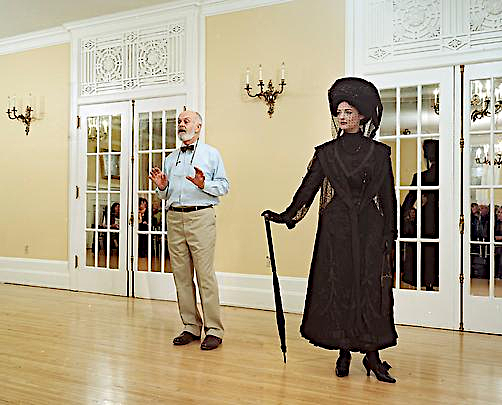Representing Fashion: Costume and Dress in the Visual Arts

The course explores representations of fashion and costume in the art and visual culture of modern and early modern Europe, focusing on the nineteenth century and early twentieth century. Our point of departure is an examination of the distinctive terminology used to define costume and fashion and its changes over time. Drawing on this vocabulary, we explore the relationship between garments and their representations in fine art painting, journal illustration, and photography in order to better understand the conventions of representation particular to each medium. Clothing's relation to the body is another central concern, considered both as a preoccupation of the artist and of clothes designers. This course will also consider how conditions of manufacture and commodification have engaged with ideologies of class and gender in the production of garments that encourage the performance of fantasy through dress displays and pictures of them. Particular attention is paid to the ways in which the visual arts mediate such fantasies. The course seeks to understand how the visual culture of fashion shapes our understanding of the aesthetic and social roles of garments in the past.
This 4-credit course is conducted as a lecture which meets twice a week and a weekly discussion section.
Field trip required.
Estimated cost of materials: 0-$50.
HISTART Categories for Concentration Distributions: 4. Modern and Contemporary, D. Europe and the US.